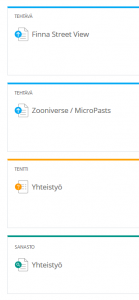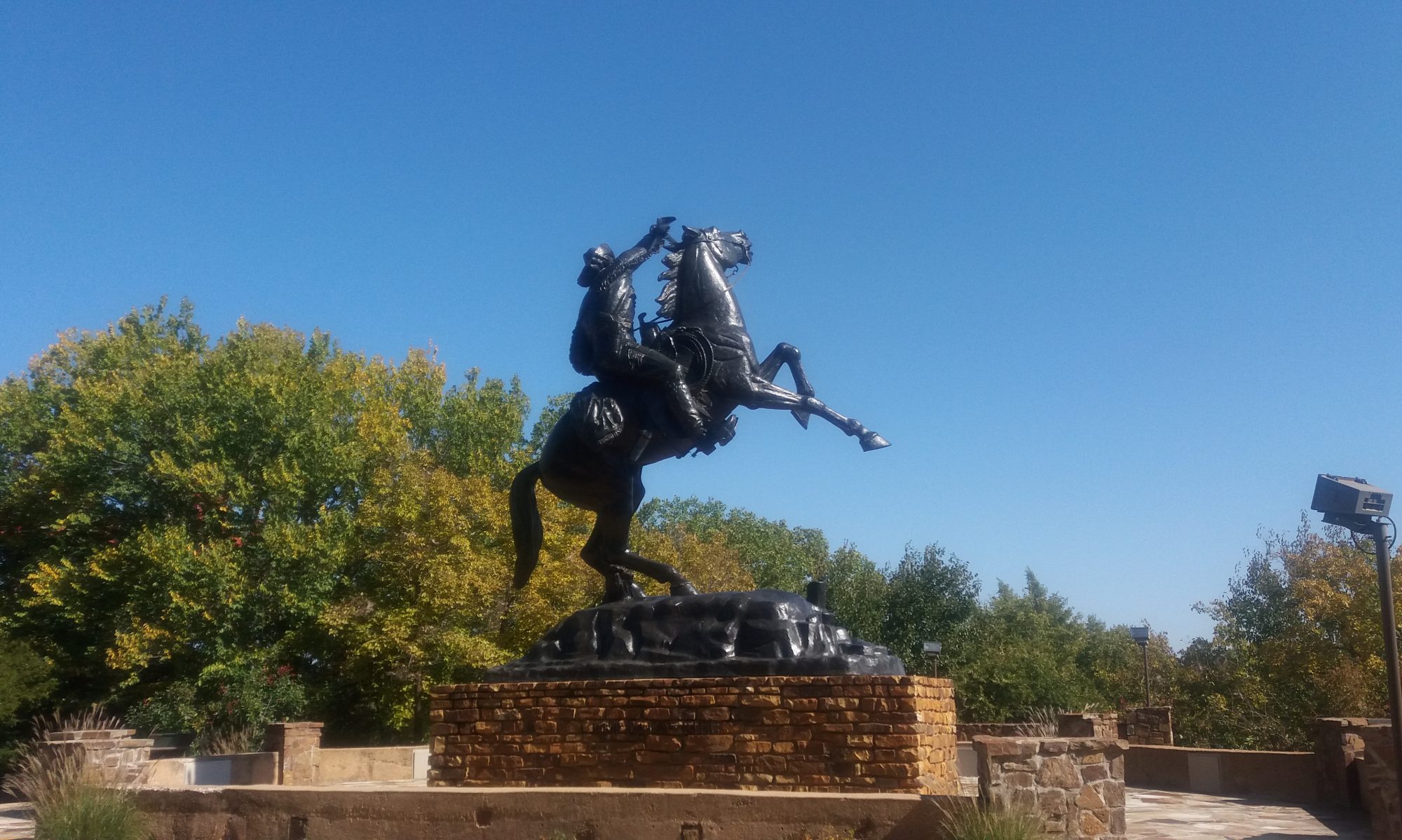Doctoral Researcher Heidi Kovanen reflects on the pilot run of our new online course Avoin digitaalinen kulttuuriperintö (Open digital cultural heritage), for which she is the moderator and tutor.
After six weeks of the Avoin digitaalinen kulttuuriperintö course (Open digital cultural heritage, 5op, KUMA-MU503/512, KUMA-KP505) it has come time to reflect a little on how the course has progressed from a teacher’s point of view.

The Avoin digitaalinen kulttuuriperintö course that is designed as part of the optional cultural heritage studies forms around six to seven modules or weeks, each containing a sub-theme related to the main topic. For this first trial run a total of 15 students were chosen for the course – 10 from inside the University of Helsinki and 5 from the Open University – and they were given a set of online tasks to complete each week. A typical week on the course consisted of 1-10 introductory videos and articles, three 250-300 word terminology-definitions, a multiple choice weekly exam, and a practical task where the students got a chance of using some of the online research tools introduced to them on the course. From a teacher’s point of view, the amount of tasks set for each week seemed adequate and the workload that each of the course weeks produced with 10-15 students could be squeezed into one working day. For bigger groups some adjustments might be in order, however, especially if the group sizes are to grow into several dozens and contain students from multiple language platforms and universities, as is planned.

Some re-designing and -adjusting is apparently needed also on the side of the students’ planning and time management, which came obvious already at the beginning of the course and even more clear as the weeks proceeded. After six weeks, unfortunately a few of the students had fallen behind or simply ceased to return their weekly tasks. Of course the end of the year and some personal study habits are something that could have had an effect on the amount of time used for such independent studies as these, but messages related to the workload and a steady number of people quitting or delaying the course assignments for some reason or the other is something that we need to be aware of and try to help students avoid in future runs of the course. After this first trial run it is obvious, that at least some of the introductory course pages in Weboodi and other similar platforms need some revising, so that the students that are interested in participating and choosing this course can evaluate in advance how much time and effort it is going to require to pass. We could for example already indicate in these descriptions what kinds of assignments will be required, and what kinds of deadlines they have attached to them.

On a more positive note it has to be said that the MOOC platform, that was a new acquaintance for both the designers of the course and for me as the teacher this year, has proved to be a helpful tool for online teaching. Even though there still remain a few cosmetic flaws that need to be taken care of and much still needs to be done concerning the parallel English and Swedish versions of this particular course (which will be rolled out in 2020, there has been no big issues whatsoever with this “technical” side of the course. All in all it has been an interesting and surprisingly successful first fall with this MOOC site and once adjusted a little, there is no doubt that it will become a very handy tool both in teaching and learning in and outside of the University of Helsinki.
